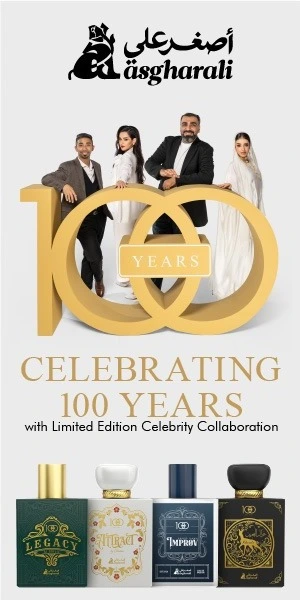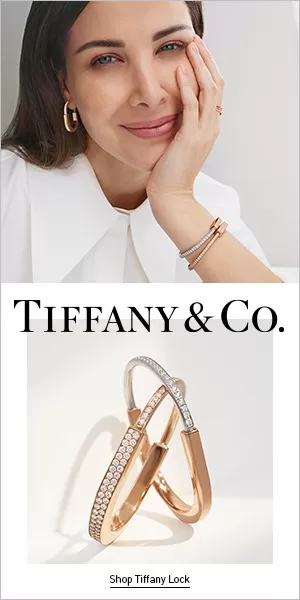Can you describe your journey into Arabic calligraphy? What inspired you to pursue this art form, and how do your cultural roots influence your work as a contemporary artist?
I was born and raised in Morocco until I turned 18. After that, I moved to France in the early ’90s to pursue higher studies in Mathematics. My artistic journey is pretty unconventional; I’d even say I’m completely self-taught in this area. I got into Arabic calligraphy out of nostalgia for my roots, a way to reconnect and preserve my heritage while living in a Western environment. It felt essential and vital to me. Arabic letters have always been a part of my cultural identity. Since childhood, I’ve loved their energy, rhythm, and visual poetry. At a certain point in my life, they became my main form of artistic expression, allowing me to convey my thoughts more naturally through Arabic writing than through painting, for instance.
How do you balance traditional calligraphic techniques with modern artistic expressions in your work? What challenges do you face while merging these two worlds, and how do you overcome them?
Arabic letters, unlike Latin ones, have this organic, lively vibe to them that feels full of movement and imagery. They’re not just static; they burst with visual energy. As a self-taught artist, I mainly draw from my own writing style, which is rooted in Maghrebi influences but also nods to other classic styles without strictly adhering to their rules. This gives me more creative freedom and a fresh approach to contemporary art. On the canvas, I focus entirely on the visual poetry of the letters. By arranging them in my paintings, I aim to create a space where they can exist independently of text and words, bringing the canvas to life as a modern abstract sign language, whether you call it “Al Horoufia,” calligraffiti, or modern calligraphy. What really matters is that it forms an artistic language.
In what ways do you believe Arabic calligraphy can transcend language barriers and convey emotions? Can you share specific instances where your art has resonated with diverse audiences?
Arabic calligraphy embodies a rich history and ancestral culture. While the West has traditionally expressed itself through figurative art and painting to illustrate religious texts, in Arab-Muslim culture, calligraphy has emerged as a fundamental element. Initially serving as a means of reproducing sacred texts, it later found its place in architecture and has evolved into a universal art form that resonates globally. During my first exhibition in France in the early 2000s, which I titled “Watching the Writings Speak,” I intentionally chose not to title my paintings, even though I was illustrating words and quotes at the time. On the opening day, many attendees remarked, “It is beautiful, but we do not read Arabic; we do not understand what is written!” I encouraged them to set aside the language barrier and to share what they saw and felt, promising to explain the meaning behind it. Participants engaged in this exercise; one individual, for instance, described seeing a spirited horse, pointing out its mane, eyes, and legs, despite my efforts to perceive what she saw, I could not. When I revealed that the piece represented the word “Freedom,” she simply replied, “Done !This one speaks to me!” A French friend awaiting the birth of his first child interpreted the curves of the word “Love” as a feminine form, envisioning a pregnant woman. This illustrates that art, beyond the personal vision of the artist, invites intimate projections from each viewer, resonating uniquely with everyone who encounters it.
As a Moroccan artist, how does your environment influence your creative process? Are there particular landscapes, colors, or cultural elements that inspire your calligraphic designs and compositions?
Morocco is a nation abundant in artisanal skills, vivid hues, pigments, and remarkable mosaics and zelliges. Each city and region showcases its distinct attributes. This variety is deeply embedded in my cultural background and has increasingly influenced my artistic expression during my time abroad. From Tangier to Essaouira, and through Fez and Marrakech, the blues reveal a spectrum of shades, the ochres shift with the soil, and the styles of attire vary according to local dialects. I honored this diversity in a collection of works created in 2013, entitled “My Country by Ink.” Nevertheless, identity should not remain fixed; it ought to be fluid and continuously engage with other cultures while staying rooted in its traditions. In this context, I have developed a strong interest in Asian calligraphy and their method of expressing gesture through breath.
Can you discuss the themes and messages prevalent in your calligraphy? How do you incorporate personal, social, or political commentary into your pieces without losing the essence of traditional calligraphy?
The artist is not separate from the world; instead, through the essence of his creations and way of life, he may at times opt to pursue a parallel journey. This deviation enables him to serve as a privileged observer of his era. Regardless of whether this involvement is overt or subtle, the artist is fundamentally engaged. He articulates his interpretation of the world and his emotions in the present moment. In my works, I strive to convey my perception of the present through abstract compositions, often with enigmatic titles. I aim to prompt the viewer to question what is legible and what is not. Are letters simply components that construct words, or can they exist independently to form a language that conveys humanistic and universal ideas without the need for written or suggested context? This is why the titles of my pieces are particularly meaningful to me, especially in the absence of accompanying text.
How do you select the texts or phrases you incorporate into your artwork? Do you lean towards classical poetry, modern prose, or personal reflections, and how do these choices enhance your pieces?
In my early works, I focused on depicting various concepts, texts, quotations, and poetry. In 2010, I explored the poetry of Mahmoud Darwish through a series entitled “Tourabiatt.” Furthermore, I curated an exhibition targeting the educational and cultural sectors in France, which revolved around the theme of “Tolerance.” This exhibition showcased quotations from diverse cultures, including those of Khalil Gibran, Voltaire, Ibn Arabi, Montaigne, Yunus Emre, Rainer Maria Rilke,
Rumi.. Additionally, I also delved into the poetry of Nizar Kabbani in several of my pieces. But in recent years, my focus has shifted primarily to the graphic representation of letters, moving away from their linguistic function. My work has evolved from calligraphy to a form of letter painting, where the visual and graphic poetry of letters has replaced the illustrated poetry of text.
Lastly, as an artist, how do you define success? What achievements or milestones are most meaningful to you in your career as a contemporary Arabic calligrapher?
For me, as an artist, success lies in the ability to emotionally connect with and inspire others through my art. It is not an endpoint in my journey but should always mark the beginning of new adventures. Success that leads us to rest on our laurels and prevents us from renewing or evolving is not genuine achievement but merely a mirage. I am sincerely grateful to Allah for allowing my works to travel and resonate with audiences across the globe, creating extraordinary connections. Furthermore, each new day brings its own set of challenges to overcome.
































































